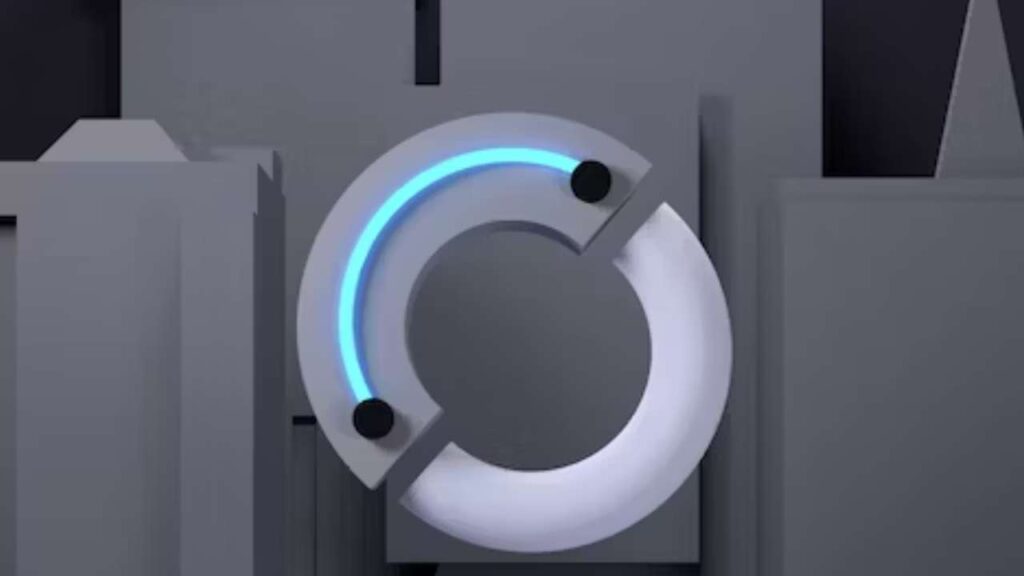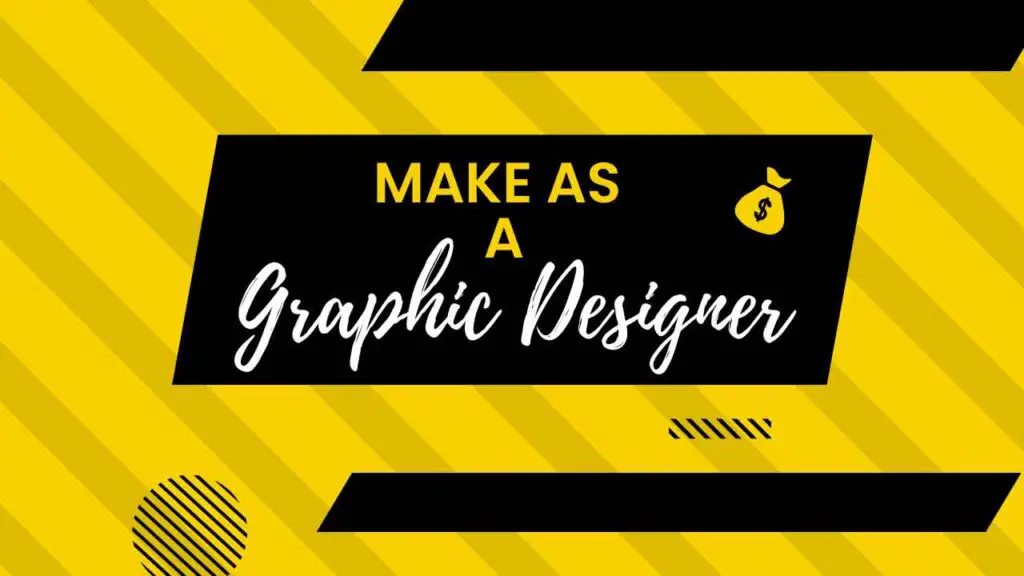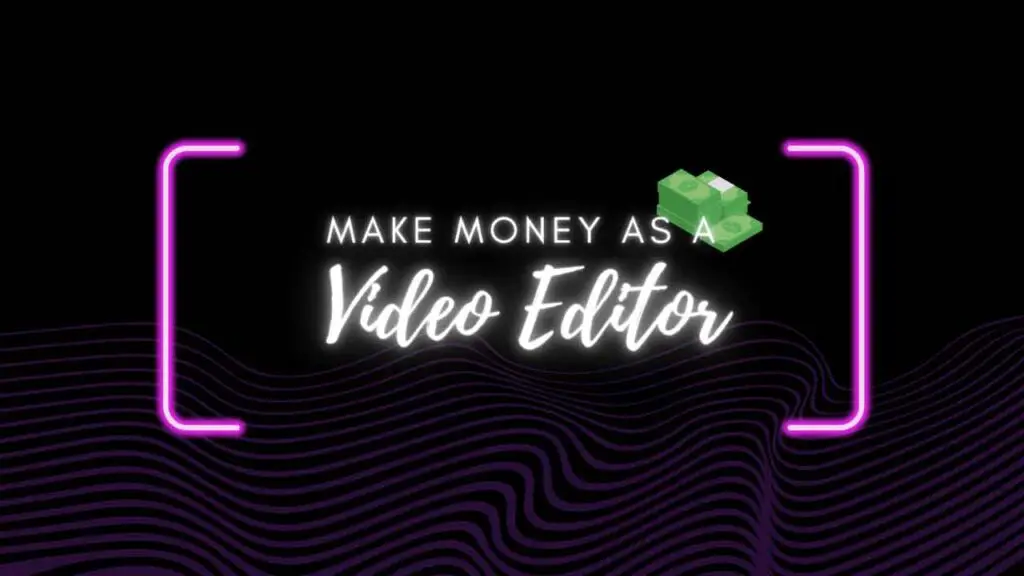THIS ARTICLE MAY CONTAIN AFFILIATE MARKETING LINKS! IN CASE YOU MAKE A PURCHASE THROUGH ONE OF THE LINKS, WE'LL GET A SMALL COMMISSION. WITH NO EXTRA CHARGES TO YOU. THANKS!!
If you have a passion for 3D art and want to turn it into a profitable venture, you’ve come to the right place. Making money as a 3D artist can be incredibly rewarding, and we’re here to provide some insights on how to get started. So, let’s explore how to make money as 3d artist.
How to make money as 3D artist?
Sell 3D models
Whether you’re an experienced professional or just starting out, we’ve put together a step-by-step guide to help you on your journey:
- Create High-Quality 3D Models- The key to success in selling 3D models lies in creating top-notch assets. Make sure your models are well-detailed, textured, and optimized for various use cases. Pay attention to polygon count and file formats to ensure they are user-friendly.
- Choose the Right Niche- Decide on the niche you want to focus on. It could be anything from architectural models and characters to props and vehicles. By selecting a specific niche, you’ll be able to target a particular audience.
- Set Up Your Workspace- Equip yourself with the necessary software and tools. Popular options include Blender, Maya, and 3ds Max. Additionally, make sure your computer has sufficient processing power to handle complex 3D projects.
- Conduct Market Research- Study the market in order to understand the demand for 3D models within your chosen niche. Analyze which types of models sell well and what pricing strategies are competitive.
- Create a Portfolio- Build an impressive portfolio showcasing your best work. Utilize platforms like ArtStation, Behance, or even create your own website where potential buyers can view your creations. High-quality visuals and detailed descriptions are essential for attracting customers.
- Choose a Platform- There are several platforms available where you can sell your 3D models. Some popular options include TurboSquid, Sketchfab, CGTrader, and Unity Asset Store. Research these platforms to determine which one best suits your needs.
- Pricing Your Models- Decide on fair and competitive prices for your models. Consider factors such as complexity, the amount of work involved, and market standards. You can also offer free models as a way to attract potential customers and promote your work.
- Optimize for SEO- When listing your models, use relevant keywords and tags to make them easily discoverable by potential buyers. Detailed and accurate descriptions are crucial for improving visibility.
- Promote Your Work- Promote your 3D models on social media platforms, forums, and within the 3D artist community. Sharing your work and engaging with potential customers can greatly boost sales.
- Maintain Customer Relations- Be responsive to customer inquiries and open to feedback. Providing excellent customer service can lead to repeat business and positive reviews.
- Keep Creating and Improving- Continuously create new models and update existing ones to stay relevant in the market. As you gain more experience, your skills will improve along with the quality of your models.
- Understand Licensing and Copyright- Ensure that you have a clear understanding of licensing terms. Decide whether you want to sell your models with exclusive or non-exclusive rights, and set your terms accordingly.
Selling 3D models can be a fulfilling endeavor that has the potential for significant financial rewards; however, it may take some time before you establish a steady income stream. Stay patient, persistent, committed to honing your craft, and you’ll increase your chances of success in the world of 3D modeling sales.
Sell 3D Printing Models
Selling 3D printing models offers a fantastic opportunity to showcase your artistic skills and generate income. Allow me to guide you through the process, step by step:
- Create Unique and In-Demand Models- Begin by crafting visually captivating 3D printing models that serve a specific purpose. Identify popular niches such as home decor, toys, or functional gadgets. Ensure your models are both unique and valuable to potential buyers.
- Choose the Right 3D Modeling Software- Utilize reliable 3D modeling software like Blender, Tinkercad, or Fusion 360 to design your models. Familiarize yourself with the various tools and features these software offer in order to create high-quality designs that can be easily printed.
- Optimize for 3D Printing- Ensure that your models are 3D printer-friendly by taking factors such as proper scaling, watertight mesh, and optimized geometry into consideration. It is important to acquaint yourself with the technical requirements for successful 3D printing, including suitable file formats like STL or OBJ.
- Test Your Designs- Before putting your 3D printing models up for sale, it is crucial to print and test them yourself in order to ensure they turn out exactly as intended. This allows you to identify any potential issues and make necessary adjustments before offering them to buyers.
- Set Up a Dedicated Workspace- If you plan on personally handling the printing process for your models, establish a dedicated workspace equipped with a reliable 3D printer and essential tools such as filament, a print bed, and slicer software for managing print settings effectively.
- Capture Eye-Catching Visuals and Market Your Models- Take high-quality photographs of your 3D printing models from different angles and under various lighting conditions in order to showcase their appeal effectively on platforms where they will be listed for sale. Additionally, write detailed descriptions highlighting important details such as size recommendations and potential uses.
- Choose the Right Selling Platform- Consider various platforms available for selling your 3D printing models. Etsy, a well-known marketplace for handmade and unique items, MyMiniFactory, a dedicated platform for 3D printing designs, and Cults3D, a community-driven 3D printing model marketplace, are some popular options to explore.
- Determine Pricing and Licensing- Set competitive and fair prices for your models based on factors such as design complexity, time invested, and market demand. Additionally, decide whether you want to offer exclusive or non-exclusive licenses for your models.
- Promote Your Work- Utilize social media platforms, 3D printing forums, and relevant communities to promote your models effectively. Engage with potential customers by promptly responding to inquiries and showcasing the value of your creations.
- Provide Excellent Customer Service- Maintain open lines of communication with buyers by answering their questions promptly and addressing any concerns they may have. Positive reviews and word-of-mouth recommendations can significantly boost your sales in the long run.
- Stay Informed and Adapt- Keep yourself updated with the latest trends in the ever-evolving world of 3D printing. Adjust your model offerings accordingly to cater to the changing demands of your customers as technology progresses.
Selling 3D printing models allows you to share your creativity while earning money doing what you love. By following these steps diligently and continuously honing your skills while improving your offerings, you can establish a successful presence in the competitive 3D printing model market.

Create and Sell material packs
Creating and selling material packs can be a highly profitable venture for 3D artists. The quality and variety of materials are crucial factors that can attract customers. To help you get started, here is a step-by-step guide:
- Select Your Materials- Choose the types of materials you want to include in your pack. This can range from metals, wood, fabric, concrete, and more. Consider what is in demand and aligns with your artistic style.
- Acquire or Create Textures- Obtain high-quality textures to use in creating your materials. You have the option to create them from scratch or purchase them from reputable texture libraries. Make sure the textures are seamless and of high resolution.
- Choose Your Software- Utilize 3D software tools like Substance Designer, Substance Painter, or Blender to create and edit materials effectively. Familiarize yourself with these tools to produce stunning results.
- Create the Materials- Design the materials by combining textures and adjusting parameters such as roughness, glossiness, and color. Pay attention to detail as realistic materials are highly sought after by customers.
- Test Your Materials- Apply the created materials to 3D models and render them to ensure they meet your expectations visually. Make any necessary adjustments until you achieve the desired outcome.
- Organize Your Material Pack- Compile all your materials into a well-organized package that is easy for customers to navigate through. Provide clear names for each material along with detailed descriptions and preview images showcasing different lighting conditions.
- Pricing and Licensing- Decide on an appropriate pricing strategy for your material pack based on factors such as quantity, quality, and market demand.You can also offer different licensing options including personal use or commercial use licenses.
- Create a Sales Page- Build a professional-looking sales page or website that visually showcases your material pack.Include sample images,detailed descriptions,and licensing information.Make it simple for customers to make a purchase and download the pack.
- Market Your Material Pack- Promote your material pack through various channels such as social media platforms, 3D artist forums, and industry-related websites. Engage with your target audience by showcasing your materials through captivating showcases and tutorials.
- Offer Support and Updates- Provide exceptional customer support to assist buyers with any inquiries or issues they may have. Consider offering free updates for your material pack to maintain customer satisfaction.
- Protect Your Work- Be mindful of potential copyright issues by watermarking preview images and implementing appropriate licensing measures to prevent unauthorized distribution of your materials.
- Gather Feedback- Encourage customers to leave reviews and provide feedback on your material pack. This feedback can be invaluable in improving the quality of future packs and building a positive reputation.
By creating visually stunning, diverse, and versatile materials while effectively marketing them, you can establish a successful business in this niche market.
- How to Make Money as a Graphic Designer?
- How to Make Money as an Animator?
- How to make money as a Photographer?
Join Freelancing Platforms
If you’re a 3D artist looking to showcase your skills, find clients, and build a successful freelance career, joining freelancing platforms is a fantastic way to go. Here’s a step-by-step guide on how to get started:
- Choose the Right Freelancing Platform- There are several freelancing platforms available, each with its own focus and user base. For 3D artists, some popular options include Upwork, Freelancer, Fiverr, ArtStation, and Behance. These platforms offer various job categories and provide opportunities for you to connect with potential clients.
- Creating a Strong Profile- Building a compelling profile is essential. Highlight your skills, experience, and past work in an engaging manner. Make sure to use a professional profile picture and write an attention-grabbing bio that clearly states the 3D services you offer and your expertise.
- Showcase Your Portfolio- Upload your best 3D art pieces to your profile. Your portfolio should effectively represent your skills and style. Including a variety of work will demonstrate your versatility as an artist.
- Define Your Niche- Consider specializing in a specific niche within 3D art such as architectural visualization, character design or product modeling. This specialization can make you stand out from the competition.
- Set Your Rates- Determine your rates based on whether you prefer hourly or project-based pricing. Research what other 3D artists charge for similar services so that you remain competitive in the market.
- Search for Jobs- Utilize the platform’s search or job listing feature to find relevant projects in the field of 3D art that match your expertise and interests.You can use filters such as category,budget,and client requirements for more precise results
- Craft Persuasive Proposals- When applying for jobs on these platforms , it’s important to write customized proposals that address each client’s needs specifically.Show enthusiasm about their project and explain how you are the perfect fit for it.
- Communicate Effectively- Maintain clear and professional communication with potential clients. Be prompt in responding to messages and make sure to clarify project details to avoid any misunderstandings.
- Deliver Quality Work- Once you secure a project, focus on delivering high-quality work within the agreed-upon timeframe. It’s important to meet or exceed the client’s expectations for a successful outcome.
- Build a Reputation- Successfully completing projects will help you build a positive reputation on the platform. Collecting reviews and ratings from satisfied clients will boost your credibility and attract more potential clients.
- Offer Great Customer Service- Providing excellent customer service is crucial. Address client concerns promptly, offer revisions if needed, and always be responsive to their inquiries or feedback.
- Promote Your Profile- To attract more clients, share your profile and services on social media platforms as well as within relevant 3D artist communities. This will help increase your visibility and reach a wider audience.
- Manage Finances- Keep track of your earnings and expenses for tax purposes. Consider using accounting software to simplify this process and ensure proper financial management.
Remember that freelancing platforms can be highly competitive. It’s important to be patient, persistent, and stay committed to building a strong profile, delivering exceptional work, offering excellent customer service in order to establish a successful freelancing career as a 3D artist.
7 passive income ideas for beginners 3D artists
If you’re interested in adding some extra income to your portfolio, you’ve come to the right place. Passive income can provide financial stability while allowing you to fully immerse yourself in your artistic endeavors. Here are seven tailored ideas for beginners in the world of 3D art:
- Sell Your 3D Models Online- Platforms like TurboSquid, Sketchfab, and CGTrader offer opportunities to sell your unique 3D models. By putting your creations up for sale, you can generate a steady stream of income as long as they catch the eye of potential buyers.
- Stock 3D Assets- Consider contributing your 3D assets to stock libraries such as Adobe Stock 3D or Shutterstock 3D. Every time someone downloads one of your assets, you’ll receive a royalty fee – a great way to earn passive income.
- YouTube Tutorials and Courses- Once you’ve mastered certain 3D skills, why not create video tutorials and online courses? Platforms like Udemy, Skillshare, or even YouTube itself can help generate passive income through ad revenue and course sales.
- Embrace Print-on-Demand Services- Collaborate with print-on-demand services like Shapeways or Sculpteo by designing one-of-a-kind printable objects. You’ll earn a commission each time someone prints and purchases one of your designs – a fantastic way to monetize your art.
- Merchandise Featuring Your Art- Utilize print-on-demand services that allow you to showcase your 3D art on various products such as T-shirts, posters, or phone cases. Websites like Redbubble and Society6 enable you to earn a portion of the sales made through their platforms.
- Patreon or Ko-fi- Kickstart a Patreon or Ko-fi account where supporters can access exclusive content created by you! Offer behind-the-scenes glimpses into your work process, early access privileges, or even personalized 3D art for your patrons. They can pledge a monthly amount to support your artistic journey.
- 3D Art Ebooks and Guides- Put your knowledge and expertise to use by writing ebooks or guides centered around the world of 3D art. Cover topics like advanced modeling techniques, texturing tips, or valuable industry insights. Platforms like Amazon Kindle or Gumroad provide excellent opportunities to sell and distribute your digital creations.
Remember that building passive income takes time and dedication. Your artistry will be the foundation of these income streams, so continuously refine your skills and produce high-quality work. Additionally, leverage the power of social media and networking to promote your passive income sources, attracting potential buyers and clients alike. With perseverance, your passive income will grow, granting you greater financial freedom to pursue your artistic passions wholeheartedly.







